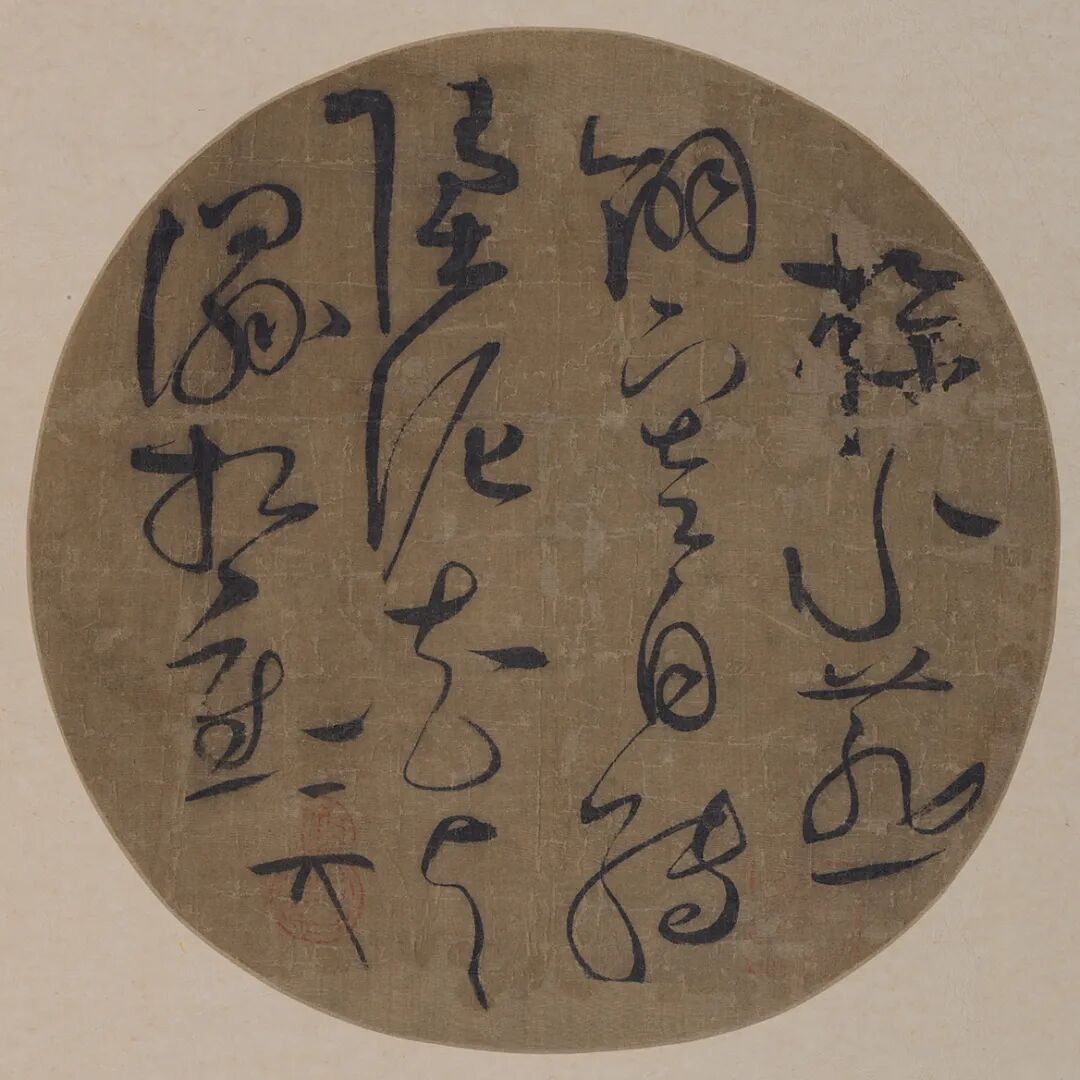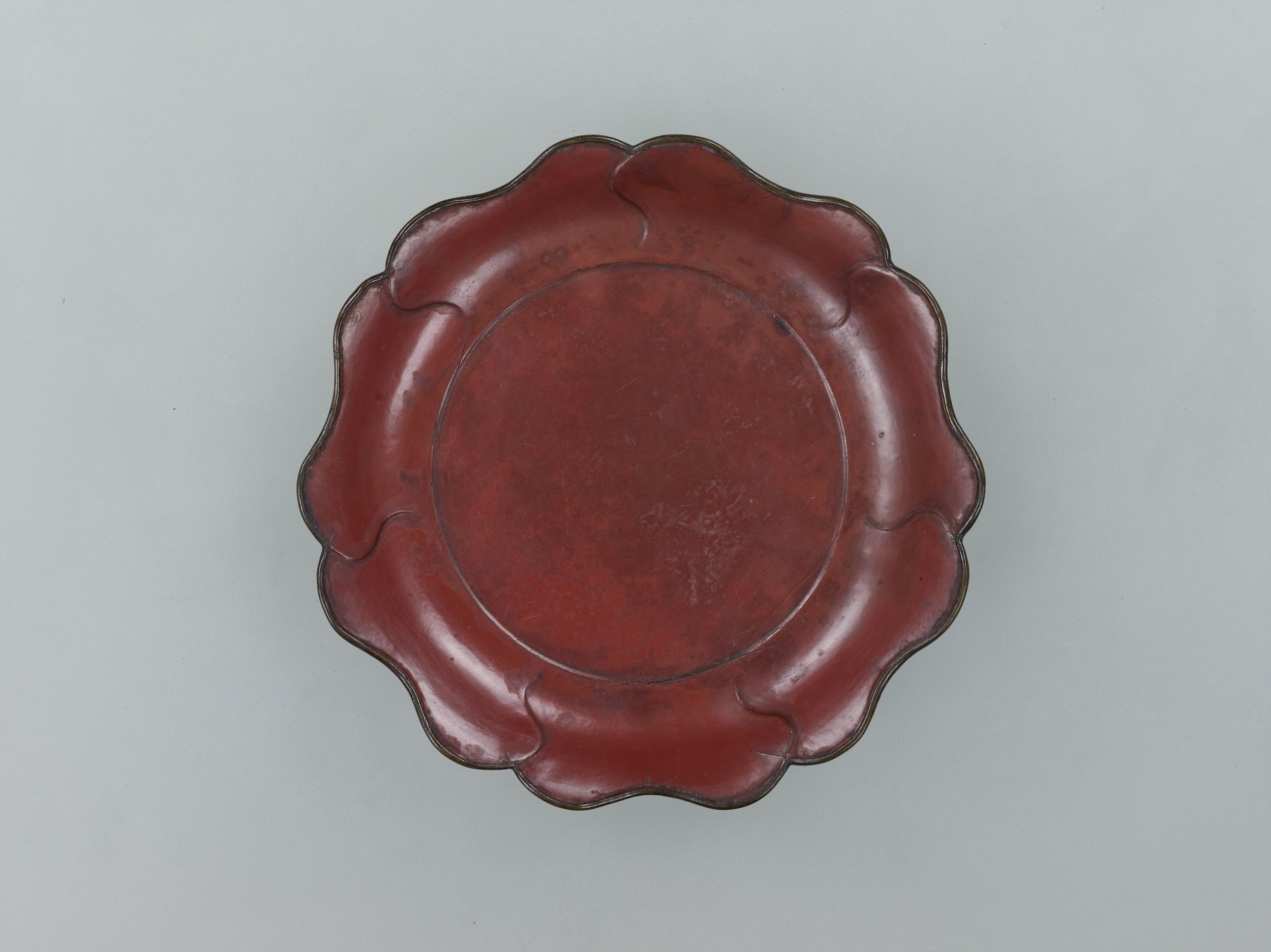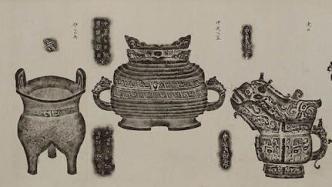
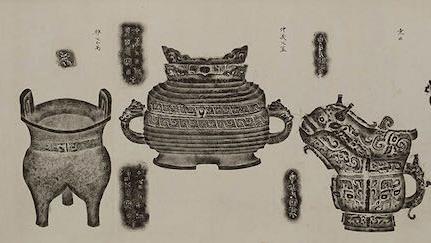

exhibition site

exhibition site
The "Three Treasures of China" bronze wares gathered in the exhibition hall in the form of a full-scale extension
A total of 37 pieces/groups of cultural relics are exhibited in this exhibition, mainly from the collections of the Shanghai Museum, and 6 pieces (divided into 3 pieces/groups) are also on loan from the Shanghai Library. The exhibition is divided into three parts: "Practical Skills of Cultural Inheritance", "Artistic Expression of Ink Painting" and "Inheritance and Protection of Jinshi Tuning Skills", presenting the historical development and current protection and application of Jinshi Tuning skills.

exhibition site
According to Li Kongrong, the curator of this exhibition and a librarian of the Bronze Research Department of the Shanghai Museum, Jinshi Chuantuo technique is a very ancient traditional technique in China. It used to be a widely used and very efficient "copying" technology of text and images , is a practical skill of cultural inheritance. In the late Qing Dynasty, epigraphy studies flourished. As literati and inkmen studied and communicated with epigraphy, the techniques of transmission and extension gradually expanded. It not only became the carrier of content "copying", but also became the main body of artistic creation. There are many techniques in it. The exploration and secondary artistic creation combined with techniques such as spreading and painting. Today, this technique has become an intangible cultural heritage item, and is widely used on museum platforms to serve the public.

"Ancient Picture of Huangzhai Collection" (partial)

"Ancient Picture of Huangzhai Collection" (partial)
In the exhibition hall, some rubbings are displayed in comparison with the original ones, and there are many well-known famous works, such as the "Three Treasures of Bronze Wares in my country", the Dayu Ding, Dake Ding, and Maogong Ding. The heaviest ancient bronze ware - one of the first complete rubbings made by Simuwu Fangding will also meet the audience; Wu Dacheng's "Ancient Picture of Xunzhai Collection" and "Ticking the Lamp Picture" are on display for the first time in comparison with the originals in the museum .

exhibition site

exhibition site
The first exhibit is the Rubbings of Simuwufang Ding on display in the preface hall. Simuwufang Ding (also known as Houmuwufang Ding) is a late Shang Dynasty bronze vessel, now in the National Museum of China. This tripod is majestic in shape and is the largest and heaviest ancient bronze ware unearthed in my country. The inscription on the rubbings states that the Fang Ding was transported to Nanjing in 1946, and the inscription was signed on December 14, 1949. Based on this, it is speculated that this should be the first complete rubbing of the Fang Ding made by Simu Wu after it was unearthed in 1939.
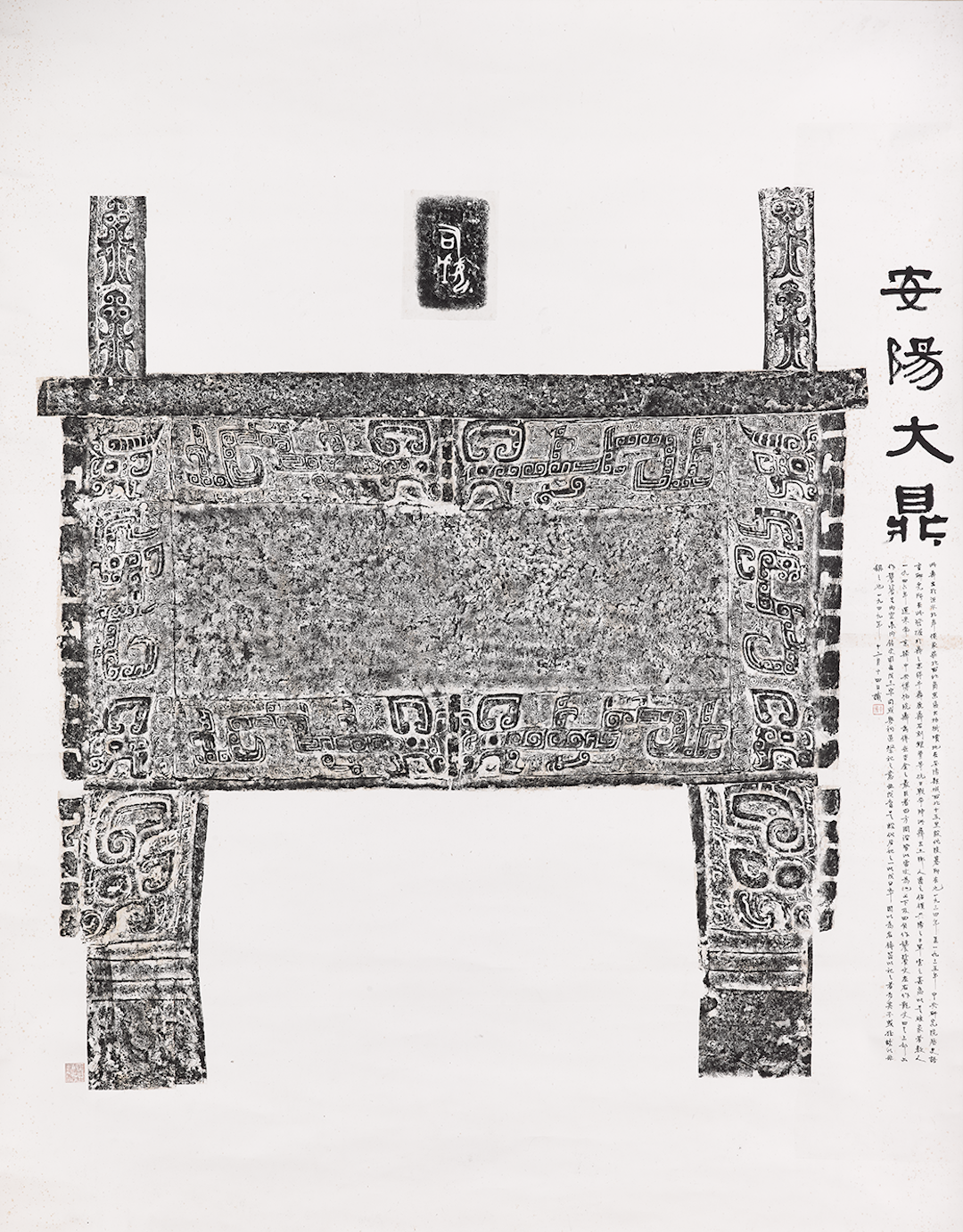
Rubbings of Simuwufang Ding Ding in the second half of the 1940s
Mingzhai is the name of Wu Dacheng, a late Qing epigrapher, who has a rich collection of gold and stones. The volume of "Munzhai Collection of Ancient Pictures" is composed of paintings and ink rubbings, presenting the splendor of Mingzhai's collection. The upper and lower volumes exhibited in this exhibition bring together the full-scale rubbings and inscription rubbings of the gold and stone cultural relics collected by Wu Dacheng. Among the collected bronze rubbings, the original pieces, such as the cover of Deng Boyu, the cover of Xiangui, the cover of Xiangui, and the Jiajiao of Lufu, etc. are now in the Shanghai Museum. For the first time, the exhibition will compare some of the original pieces with the rubbings in "Ancient Picture of Huangzhai Collection" display.
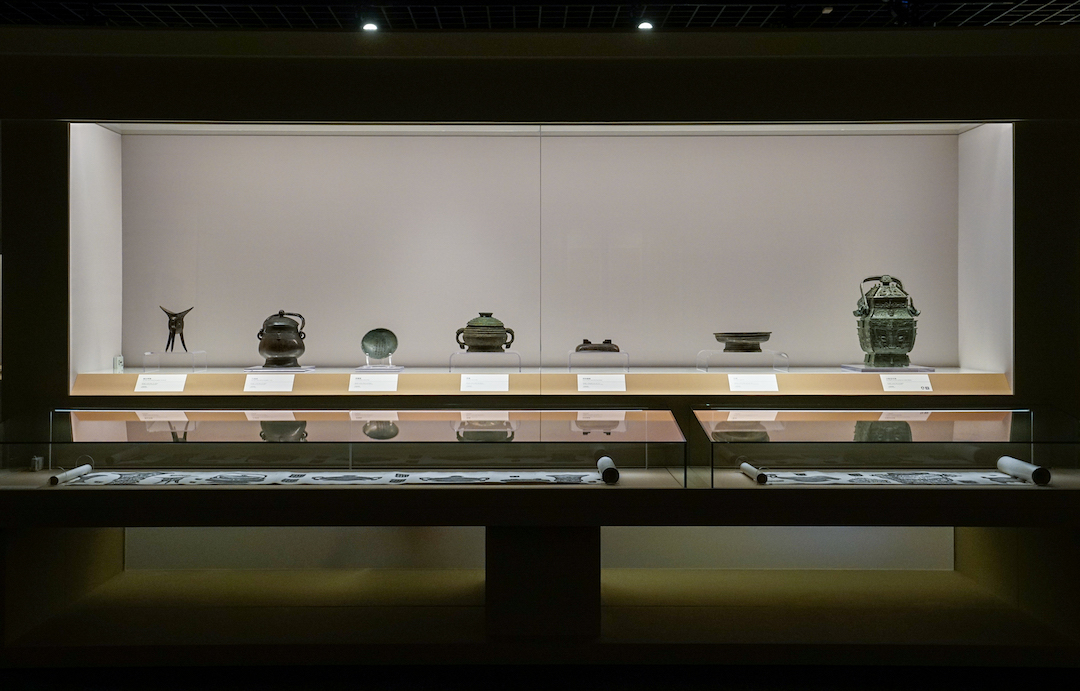
exhibition site
The heavy bronze vessels Dayu Ding and Dake Ding, together with the Maogong Ding in the National Palace Museum in Taipei, are collectively known as the "Three Treasures of China", and they have been collected in three places before. In 2021, in Shanghai Bo's "Prosperity and Prosperity-Special Exhibition of Bronze Dings Donated by Shanghai Museum", the Da Yu Ding and Dake Ding met briefly in the Shanghai Bo exhibition hall and exhibited together. Three full-scale rubbings from the collection of "Three Treasures" are exhibited together.
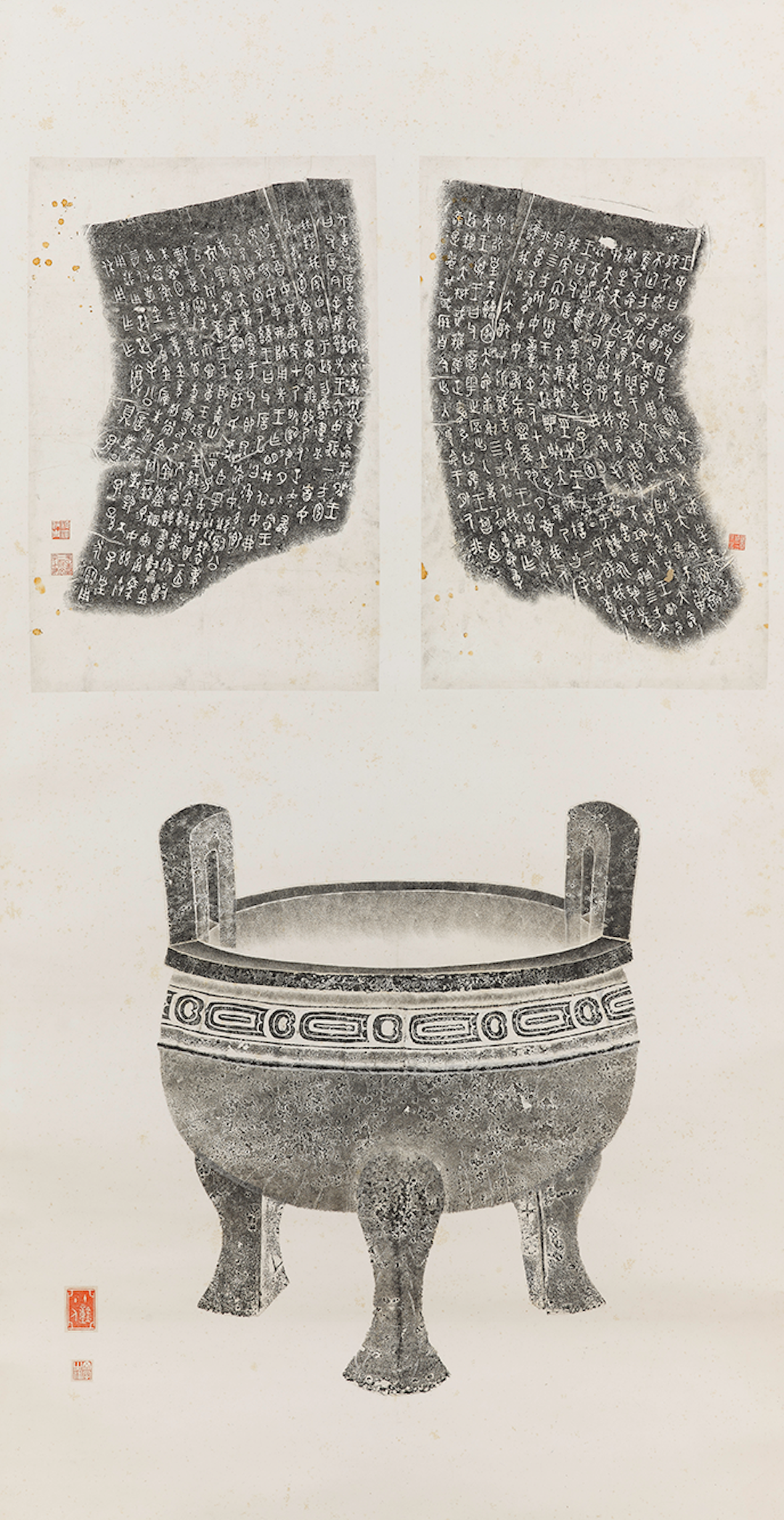
Qing Mao Gong Ding full-scale extension
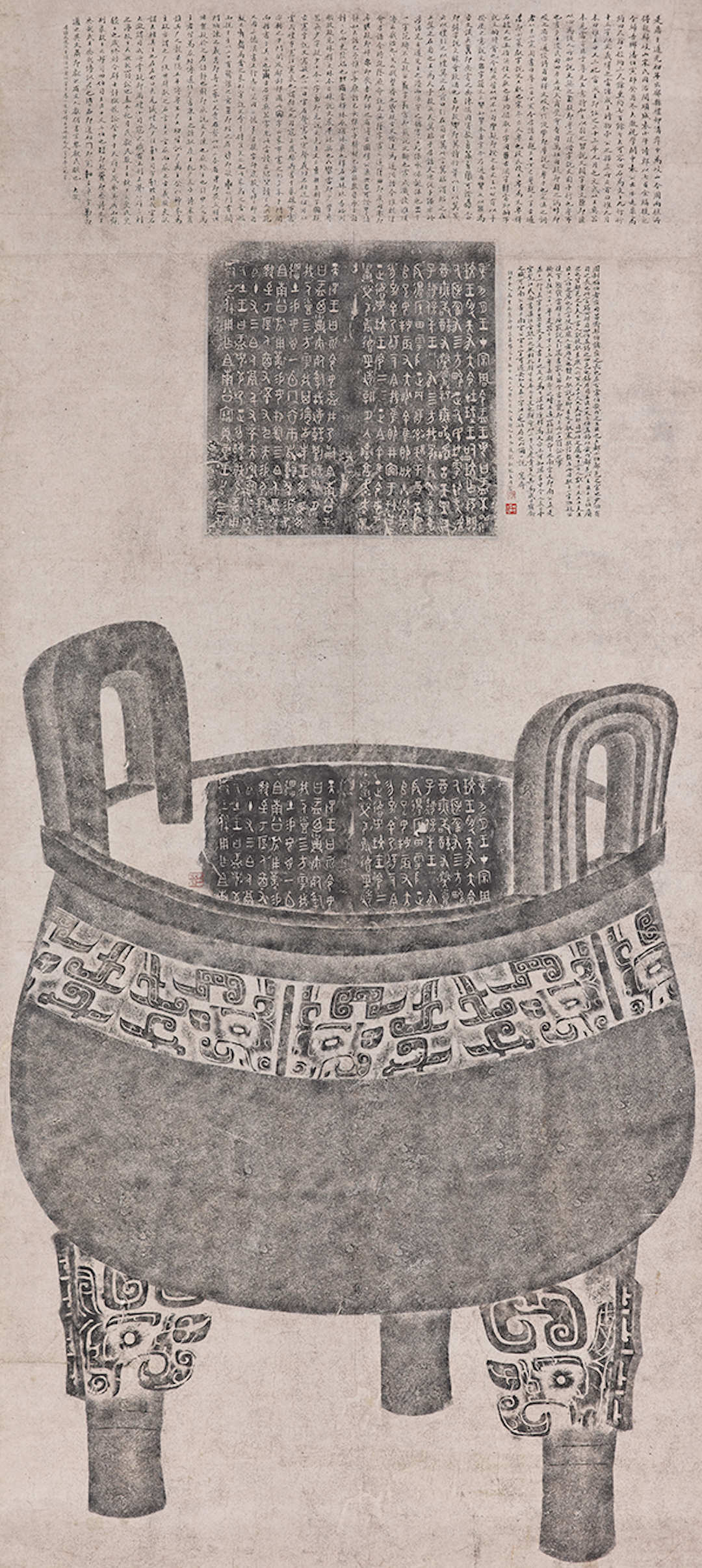
Qing Dynasty Yu Ding full-scale extension
Among them, the full-shaped rubbing of the Maogong Ding on display adopts Chen Jieqi’s representative full-shaped paper-splitting rubbing method. Each part of the body is divided into papers and rubbed in stages. When mounting, the rubbings of each part are assembled according to the sketch. graphics; the full-shaped rubbing of the large Yuding tripod on display adopts the full-shaped rubbing method. The ears and feet of the tripod are rubbed on the whole paper. The artistic expression of the skill and its characteristics.
Shangbo Chuantuo skills have been passed down through three generations
"Shanghai Museum has a long history of traditional gold and stone skills, which have been passed down for three generations. This is one of the important reasons why Shanghai Expo focuses on this theme exhibition." said Chu Xiaobo, director of Shanghai Museum. Shanghai Museum absorbs and inherits traditional gold and stone skills. , combined with Shanghai Bo's own characteristics, has formed a unique style of Shanghai style.
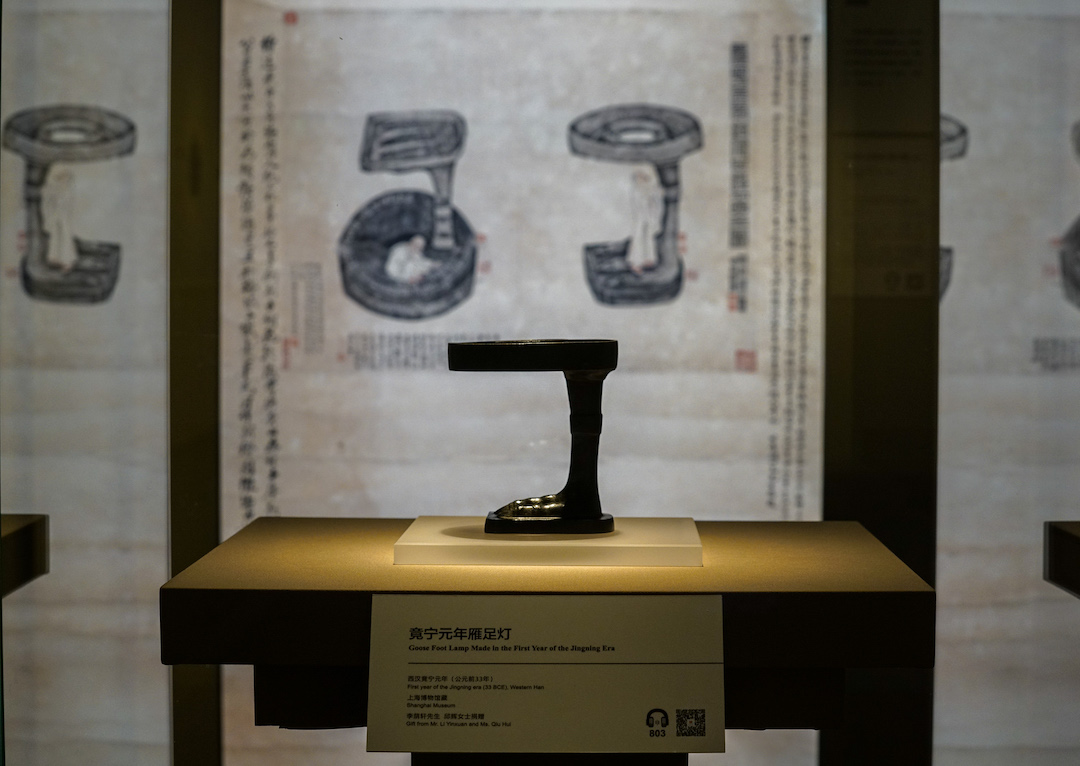
exhibition site
As the curator of this exhibition, Li Kongrong is the third generation inheritor of this skill at Shanghai Bo. According to him, the establishment of the Shanghai Museum in 1952 enabled the inheritance and development of the techniques of Jinshi transmission in Shanghai. At the beginning of its establishment, the Shanghai Museum hired professionals who had worked in antique shops, such as Mr. Li Hongye from the north and Mr. Wan Yuren from the south. Spread the skills. From the 1950s to the 1980s, Wei Zhiming, Xie Haiyuan and other second-generation professionals who were good at spreading work emerged, and now it has been passed down to the third generation.
After 70 years of accumulation, the Shanghai Museum has formed a set of effective and safe transfer procedures. This exhibition also presents to the audience the inheritance and protection of the Shanghai Museum since its establishment in the early 1950s.
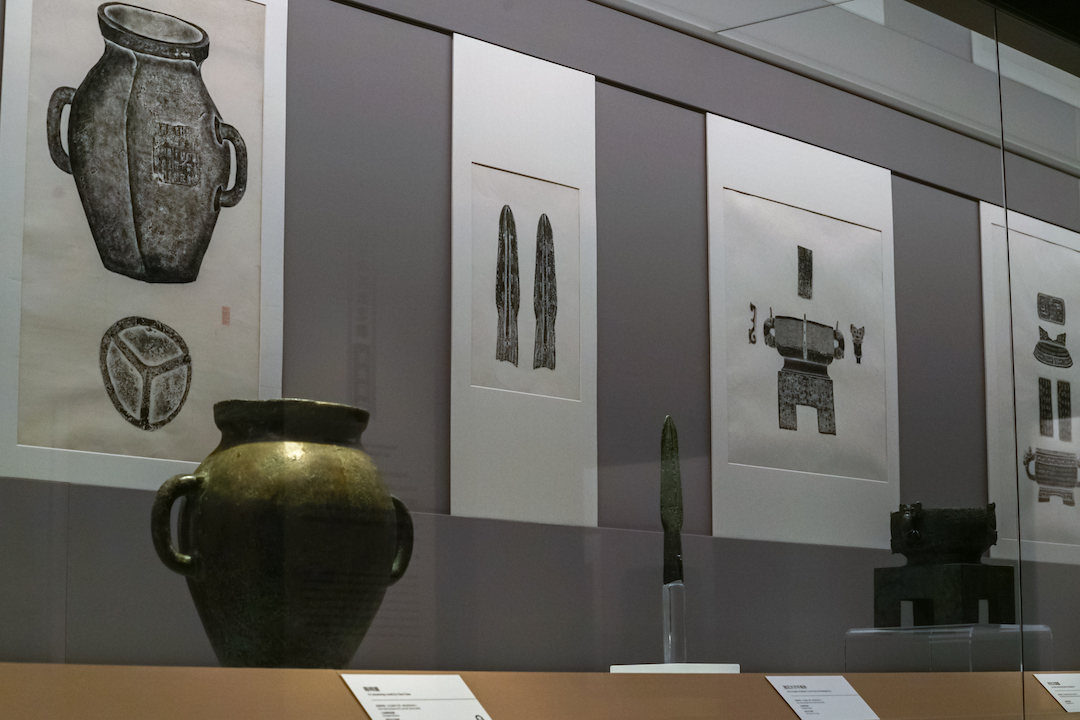
exhibition site
"As important materials, rubbings have always appeared in the exhibition halls of the Shanghai Museum and in various published epigraphy books." Li Kongrong said, "We protect the cultural relics of the museum through the transfer of rubbing skills, and also protect the inheritance of this skill through the platform of the museum. And development."
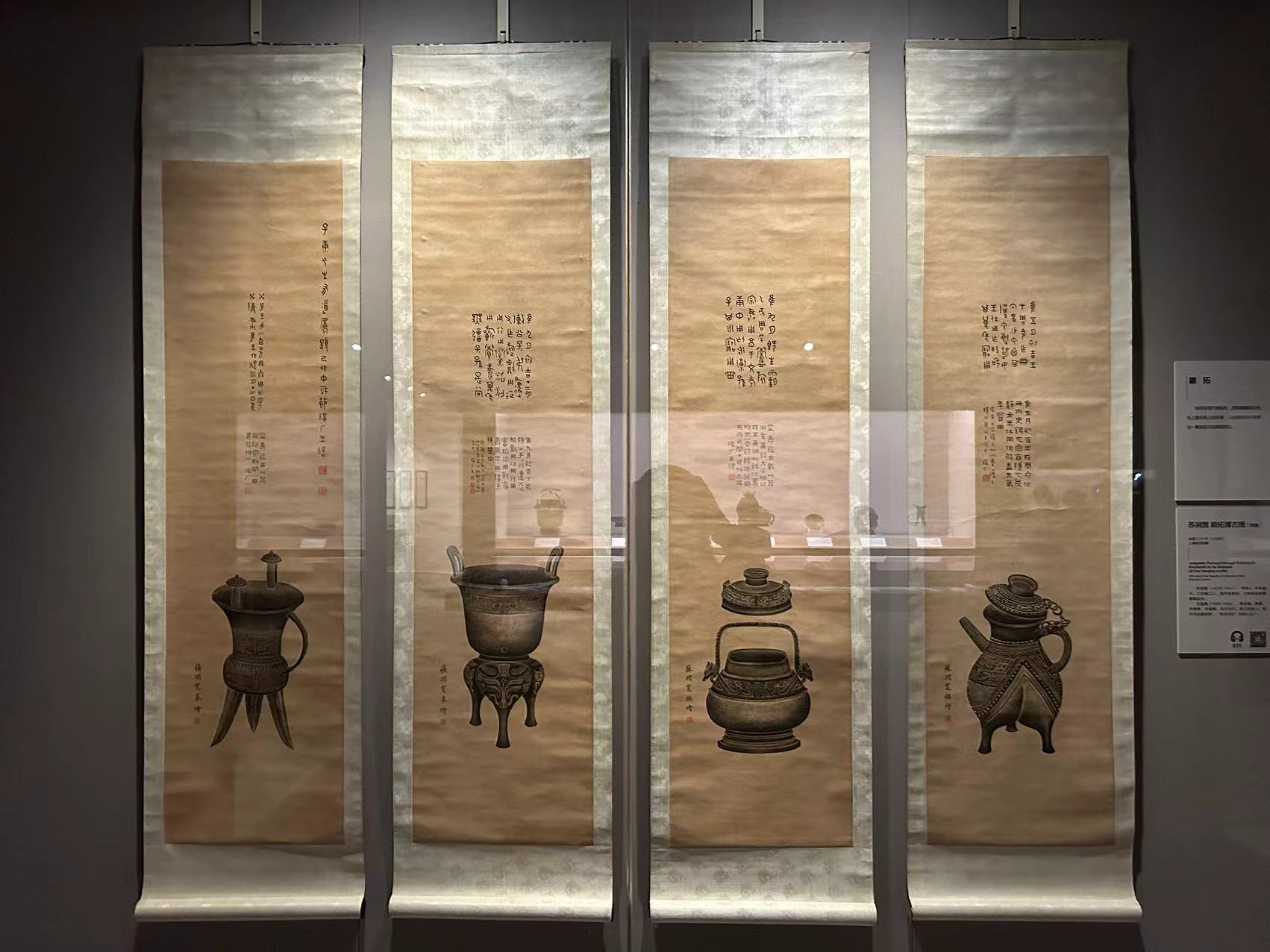
exhibition site
"Applying traditional gold and stone rubbing skills to bronzes, ancient characters and other fields, using a large number of rubbing materials, is not only a tradition of academic research at Shanghai Bo, but also an important means of displaying cultural relics in exhibitions." Chu Xiaobo said that he hoped that the exhibition could provide audiences with Bring a unique experience of the ancient tradition of extension skills.
Highlights of the exhibition:
Part I: Practical skills of cultural inheritance
Exhibiting rubbings of the prefaces of the Tripitaka, a collection of Wang Xizhi’s books in the Northern Song Dynasty, etc., to trace the origin and development of the technique of spreading and rubbing, and to explore its practicality for cultural inheritance. Before the invention of photography, printing and other technologies, Chuantuo was a widely used and very efficient text and image copying technology. The emergence of Chuantuo technology began with the demand for the copying and dissemination of stone inscriptions, and then it was gradually applied to inscriptions on bronzes and other utensils. Over the long years, many cultural relics have been damaged and disappeared or their characters are unclear, while rubbings have been passed down for a long time in another form, so they have extremely high cultural relics and artistic value.

Northern Song Dynasty "Collection of Wang Xizhi Book Tripitaka Preface Rubbings"
Part Two: The Artistic Expression of Extending Ink into Painting
Exhibited are the Yanzu Lantern in the first year of Jingning in the Western Han Dynasty, the "Picture of Picking up the Lamp" painted by Chen Geng in Liuzhou Tuo in the Qing Dynasty (photo), the full-shaped Tuning of the Maogong Ding in the Qing Dynasty, the full-shaped Tuning of the Da Yu Ding in the Qing Dynasty, and Wu Dacheng's "Ancient Picture of Zhai Zhai Ji" , Zhao Zhiqian and Cheng Shouqian's "Qiju Yannian Picture Axis" in the Qing Dynasty, Su Jian Kuan Yingtuo's "Bo Gu Tu" (four axes), etc., explain the innovation of Chuantuo skills and the artistic expression of Jijin Chuantuo. In the Qing Dynasty, the study of epigraphy flourished. In the research and exchange of epigraphy among literati and scholars, appreciation of rubbings and inscriptions abounded everywhere, which became a common practice. Gold and stone rubbing techniques have become more sophisticated, and the types and scope of rubbing artifacts have also continued to expand. With the emergence of new techniques such as full-shaped extensions, Chuantuo got rid of the shackles of being unable to express three-dimensional shapes on a flat surface in the past, making Chuantuo's works not only as a carrier for content reproduction, but also as the main body of artistic creation. Among them, there is no lack of exploration of techniques and secondary creations through the combination of transmission and painting, which have produced unique artistic effects.
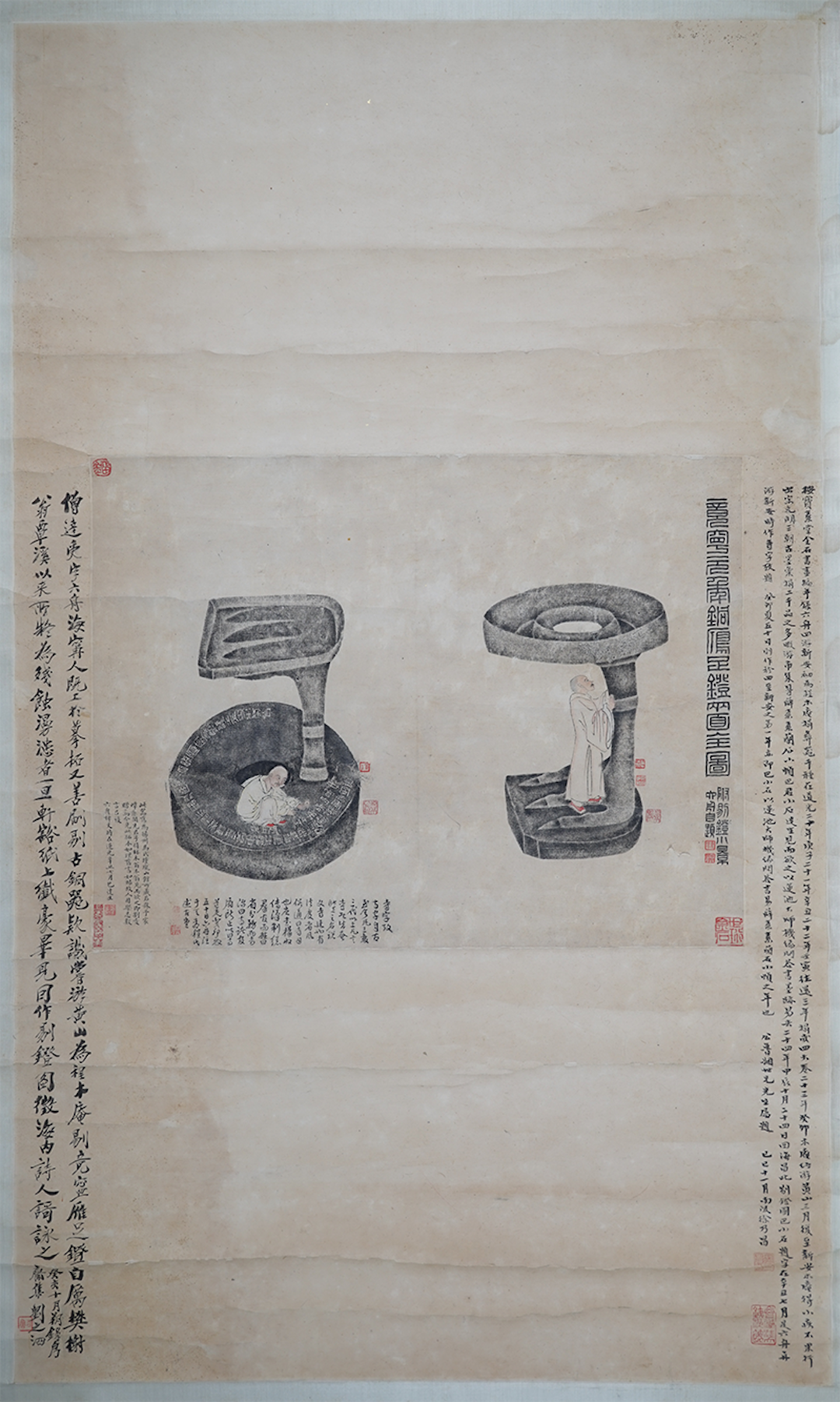
Qing Liuzhou Tuo Chen Geng's "Ticking the Lamp" Collection of Shanghai Library
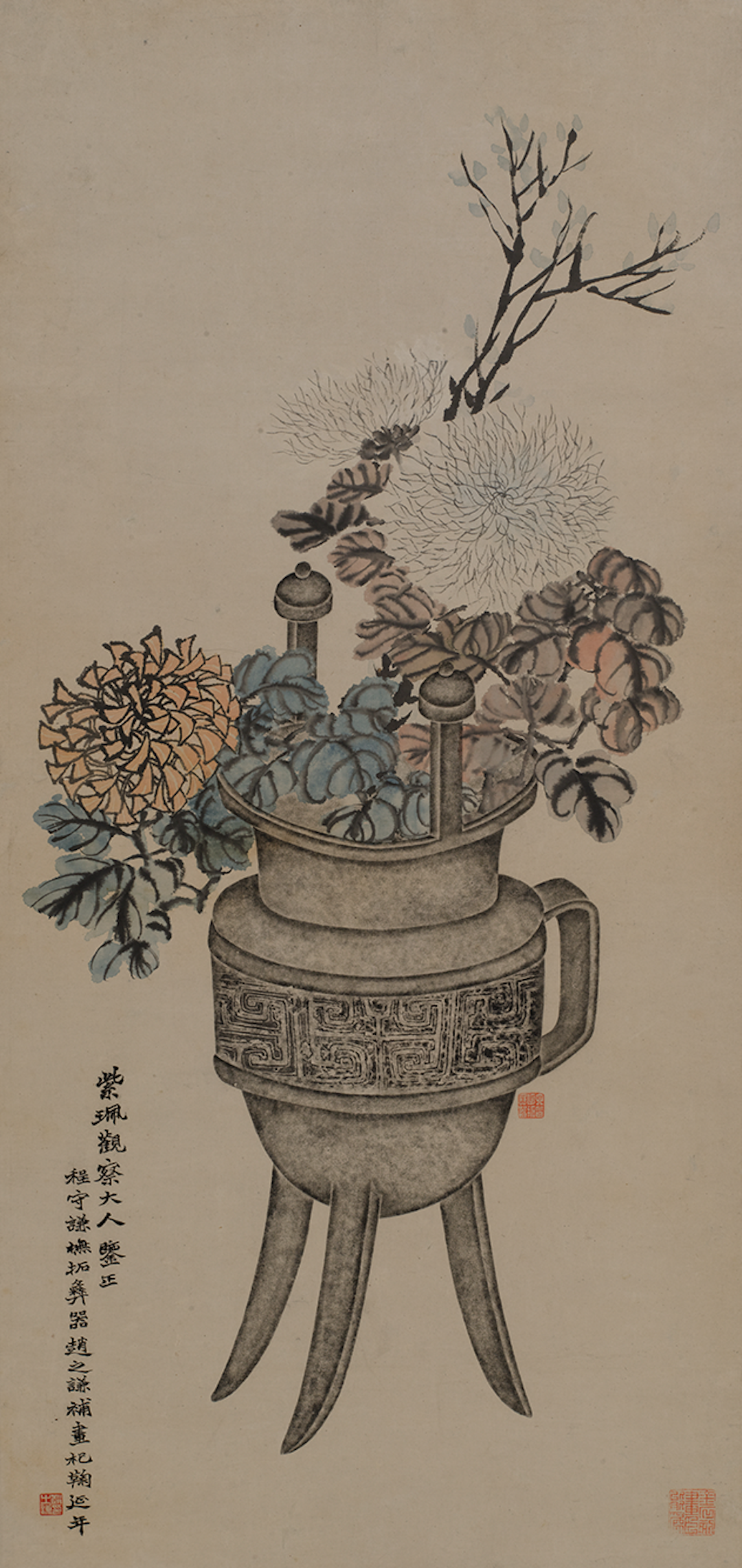
Qing Zhao Zhiqian and Cheng Shouqian "Qiju Yannian Picture Axis"
Part III: Inheritance and Protection of Jinshi Transmission Techniques
Exhibiting ox blades with painted and inscribed words from the late Shang Dynasty, ovals from the Qin Dynasty, and full-shaped rubbings of Dake Ding, etc., show the audience the inheritance and protection of the Shanghai Museum since its establishment in the early 1950s.
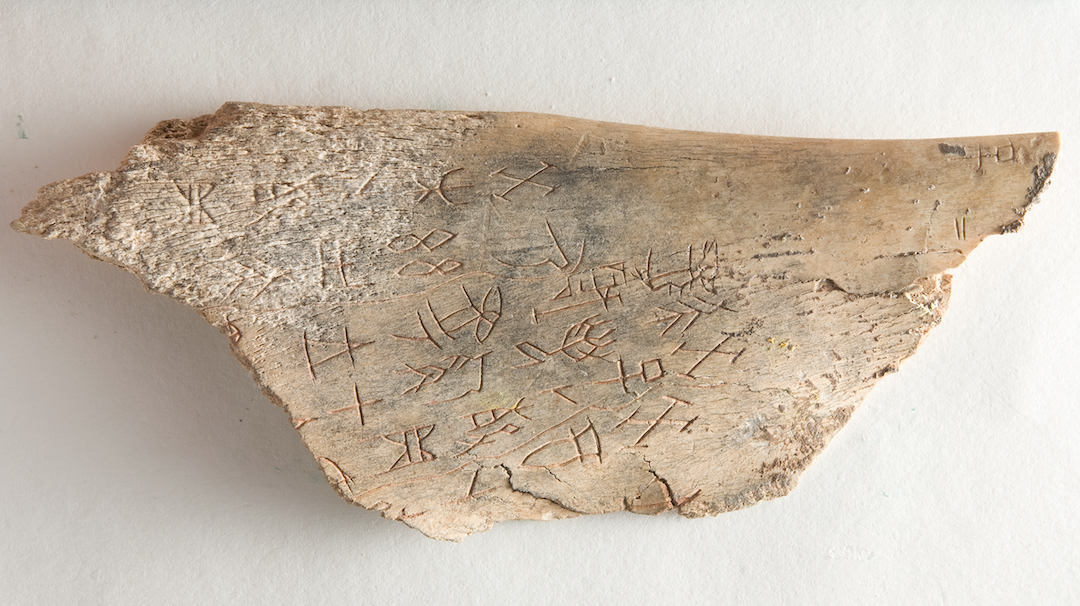
Late Shang Dynasty painted and inscribed ox blade
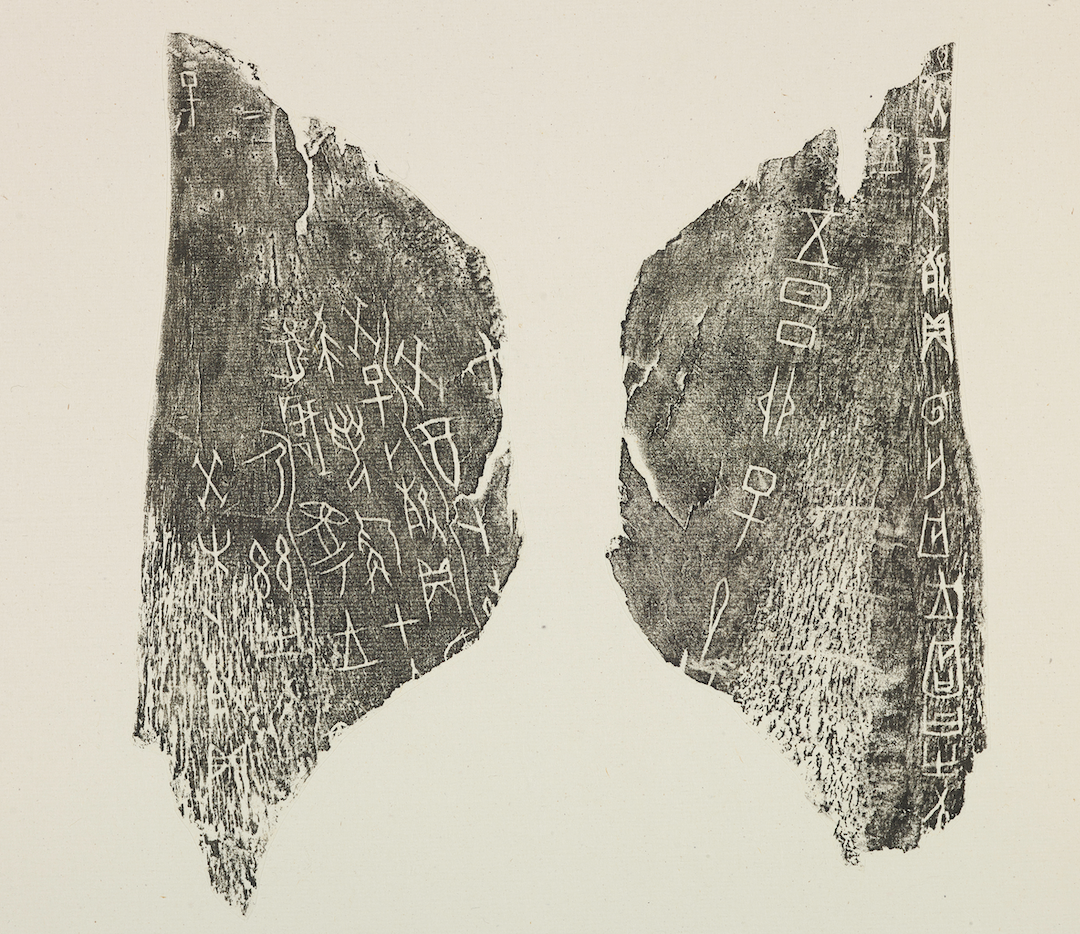
Late Shang Dynasty painted and inscribed ox blade

Qin Xingsheng
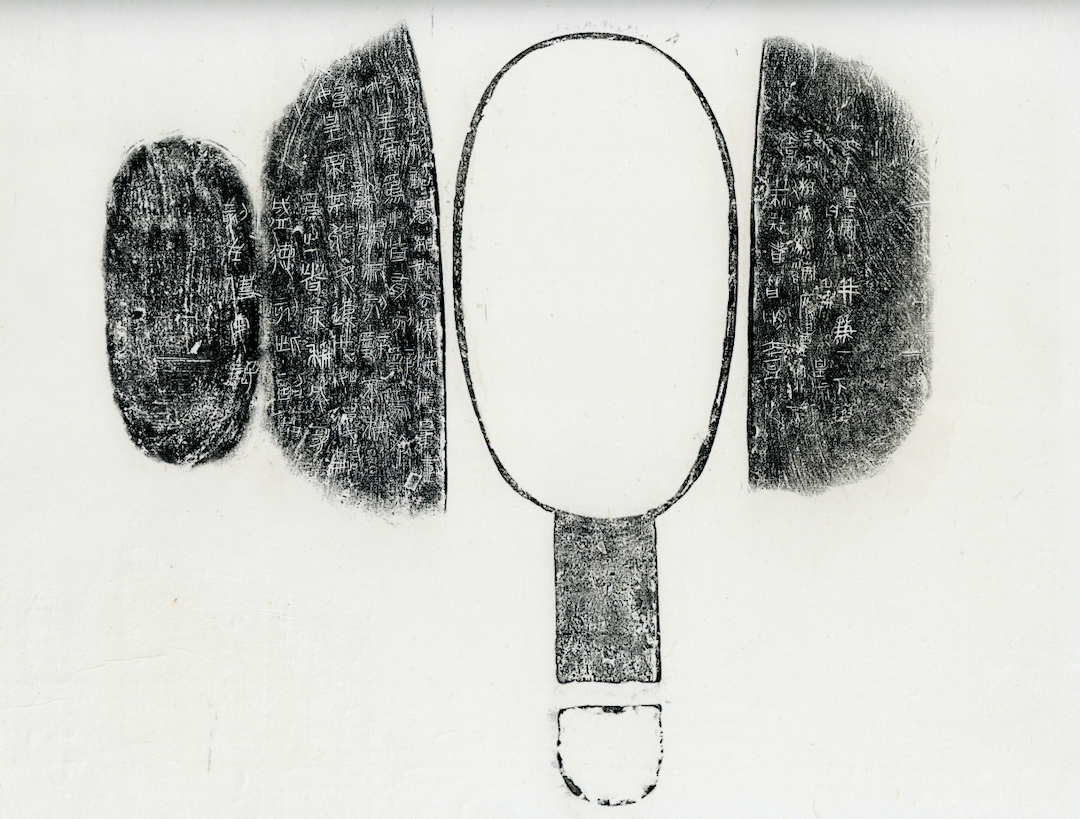
Qin Xingsheng

exhibition poster
The special exhibition "Walking with the Times-Jinshi Transmission of Skills" will last until October 8, 2023, and will be open every Friday night from July 7 to August 20. For details, please pay attention to the latest developments on the Shanghai Museum official website, Weibo and WeChat public account.

